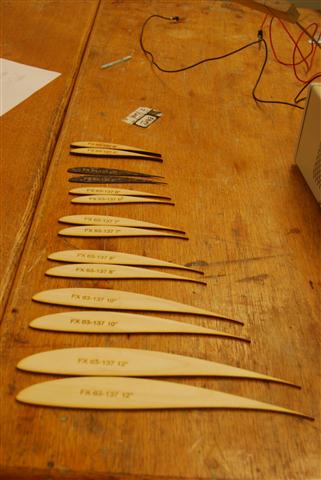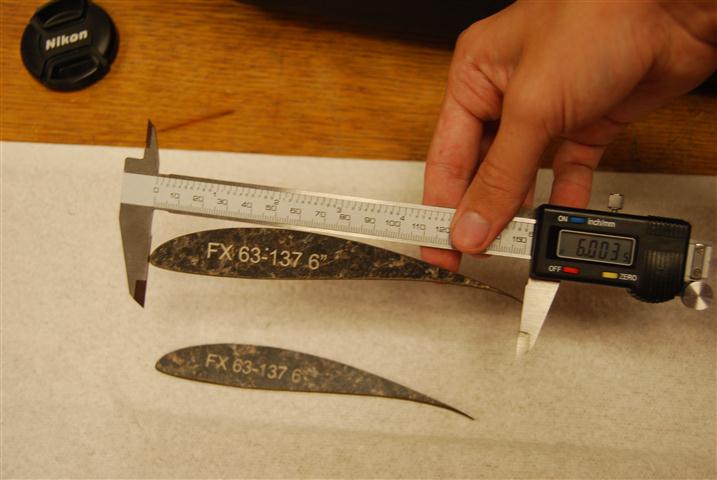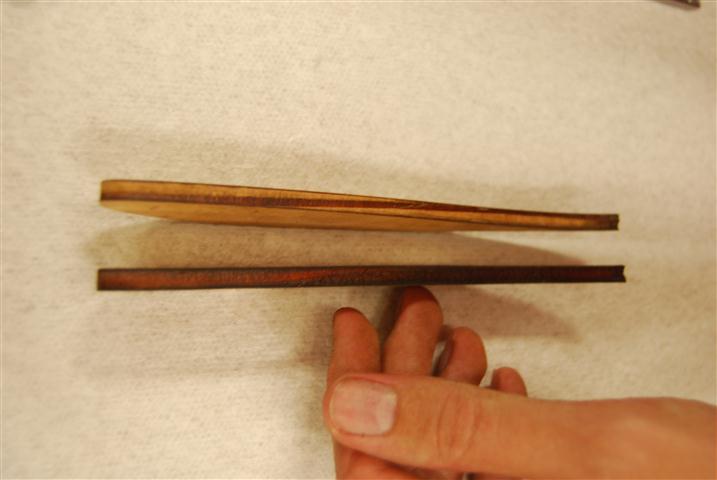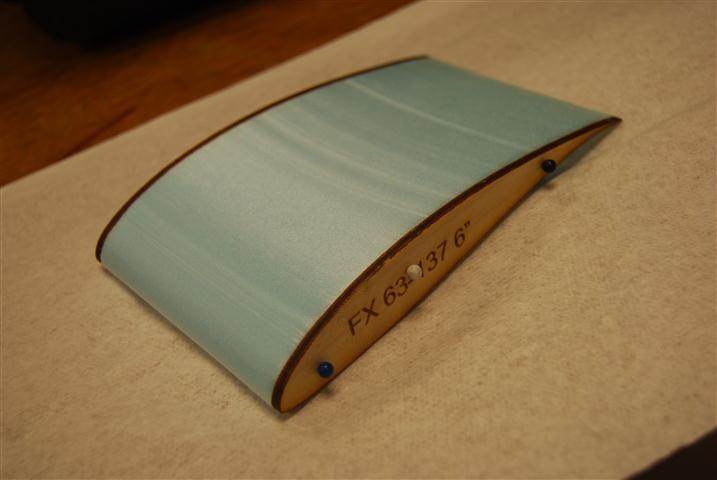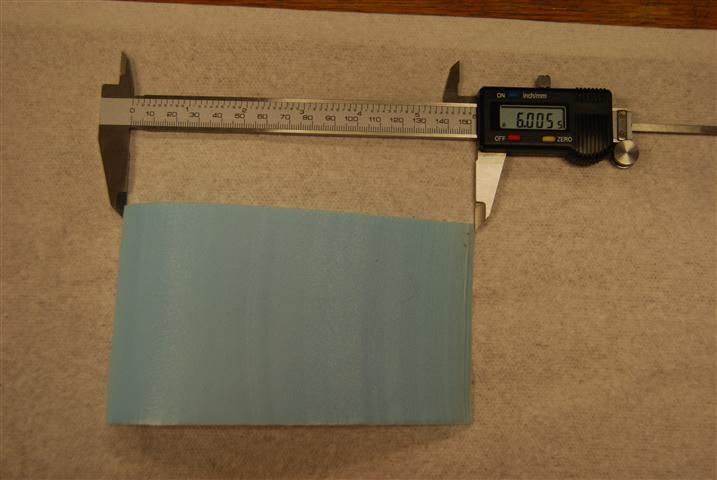Laser Cutting Airfoils – Results
- July 12th, 2011
- Write comment
Using the previously detailed calibration method, a number of airfoil profiles were cut.
In cutting the airfoils, it was the thin trailing edge that was the greatest source of error due to the thickness of the laser’s cut. As such, the chord length was used in assessing the accuracy of the airfoil profiles. To determine the portability of the calibration technique, a 6″ chord airfoil was cut out of 1/8″ Birch Plywood, 1/4 Pine Plywood, and counter top material. All three materials produced airfoils with an accuracy <0.005″.
Before using the airfoils, there was some minor sanding required to clean the edges and holes for the pins that needed to be drilled out. Using high grit sand paper for about a minute produced profiles that were ready for hot wire cutting.
The 1/8″ birch 6″ FX 63-137 airfoil was used to make a test cut out of 60 PSI foam. The cut was made difficult due to the lack of a positioning jig piece to go under it. Despite this, the cut went smoothly and produced the below foam core.
The final foam core was then removed from the profiles. The surface finish was smoother than it looked. The trailing edge has a slight bow to it since there were no support jigs to support the wire as it came off the profiles. Despite this, when measuring the chord length of the core at the edges it was measured at 6.005″.
